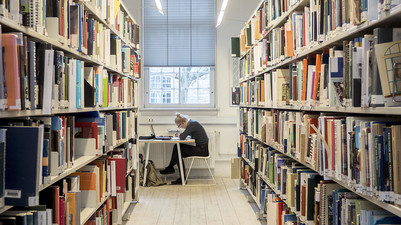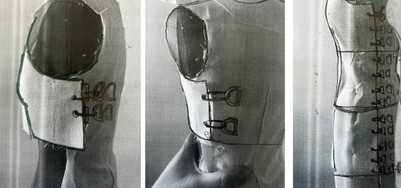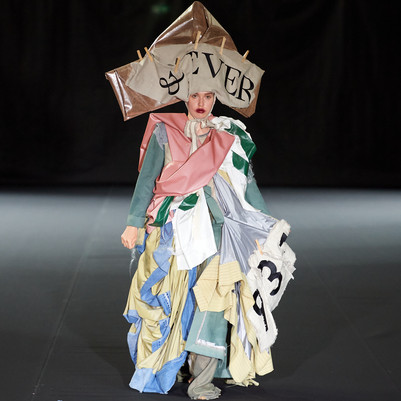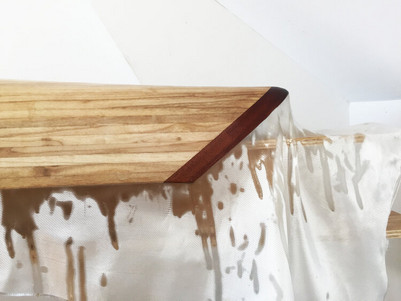
Center for Interior Studies: Perspectives
The Center for Interior Studies works with three perspectives:
Spatial Anthropologies
Through the perspective of anthropology, a plurality of sites will be explored: homes, exhibitions, institutions, haunted houses etc. The interior is gazed at through a triangulation, namely social relations, cultural imaginaries & spatial and material organisations.
Also, concepts and topics such as dwellings, spatial organisations among peoples from different walks of life, nature-culture entanglements, filters and streams in and out of houses, simulations and authenticity, generic and specific interiors, exterior/interior entanglements, wealth, rubbish, the dark side of design, periphery, secrets, uncanniness, “hygge” and ghosts are all explored.
Interior Histories
A history of the interior does not only involve discussions about style, spatial organisation and semantics, but also the life and the culture being both present and idealized in public and private interiors.
The current historical research within the center includes discussions pertaining to how notions of privacy and the private shape relations between individuals and society across diverse historical contexts. In addition, the interior is used as a prism to examine historical developments of phenomena such as home, exhibition, workspace and archive.
Interior Tectonics and Space
Tectonics in architecture and interior design is defined as the science or art of construction and joining in order to create space. Tectonic considerations do not only deal with how things are assembled and their use but also with the artistic and cultural implications of a method of construction, a cladding or a material.
Architects like Gottfried Semper and Adolf Loos have claimed that the dressing and adornment of a space is not just a supplement to its structural support but expresses a culture or serves as a mask for modern individuals. In line with such thinking, the assembled interior can be seen as a test bed if one wishes to explore cultural and spatial interrelations in addition to other notions of space involving e.g. organisation and use.











